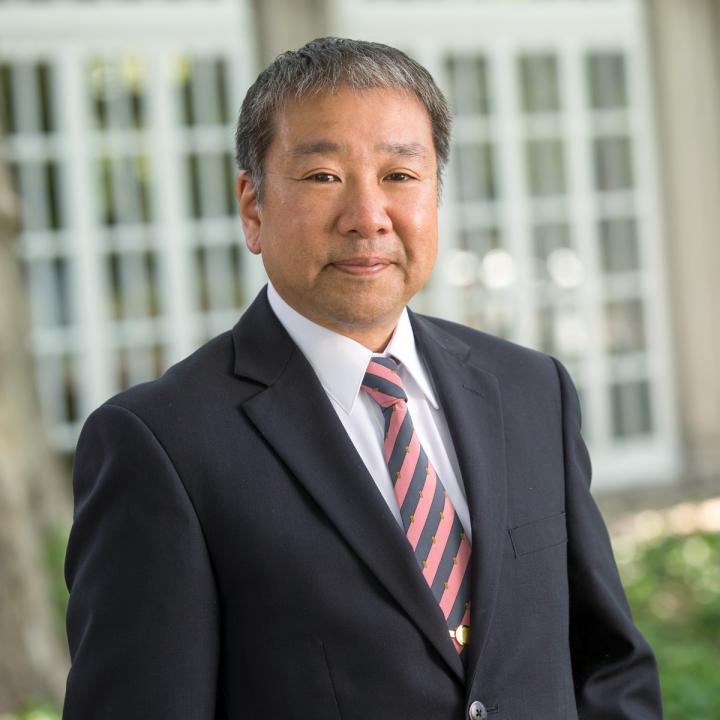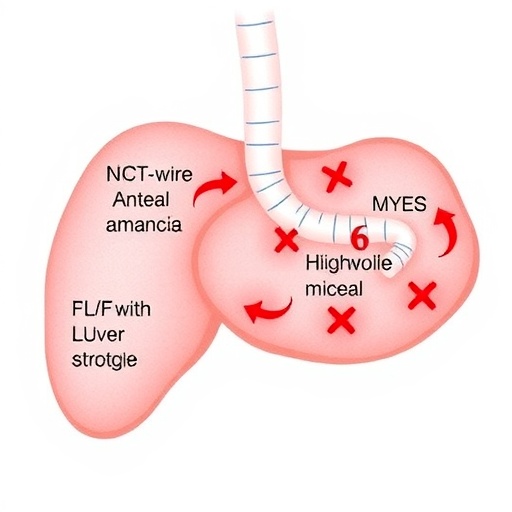International team finds blood cell DNA stays steady and defines cellular age

Credit: Case Western Reserve University School of Medicine
Blood cells could hold the key to aging, according to new research out of Case Western Reserve University School of Medicine. In a study published in Aging Cell, researchers found human blood cells have an intrinsic clock that remains steady even after transplant. The researchers say the clock could control human aging and may underlie blood cancers.
Shigemi Matsuyama, DVM, PhD, cell biologist and associate professor of medicine at Case Western Reserve University School of Medicine, led an international team of researchers in studying the clock. The team measured cellular age in blood cells transplanted from healthy donors to leukemia patients, focusing on donor-recipient pairs of very different ages.
“This study is related to the fountain of youth,” Matsuyama said. “We found young blood cells stay young in older people. There was no accelerated aging of young blood cells in an older human body.” Matsuyama’s team found the other direction was also true–blood cells from adult donors transferred to a child stay older. The cells retained their intrinsic age nearly two decades after transplant.
Their inherent steadiness suggests blood cells could be the master clock of human aging, as they are not easily influenced by their environment, Matsuyama said.
The study showed blood cells retain epigenetic patterns in DNA methylation–chemical groups attached to DNA–that can be used to calculate their age. Despite substantial age differences between donor and recipient (up to 49 years), the DNA methylation age of transplanted blood reflected the age of the donor, even after many years of exposure to the recipient’s body, wrote the authors. Said Matsuyama, “DNA functions as a timekeeper of our age.”
DNA methylation as a predictor of age was first described in 2013 by Matsuyama’s collaborator on the study, biostatistician Steve Horvath, PhD, of the University of California, Los Angeles. “He found the formula. The mechanism, and whether cells in the body synchronize DNA methylation age, wasn’t clear,” Matsuyama explained. “I’m not a mathematician. I’m a cell biologist. So, we collaborated to investigate the mechanism of the epigenetic clock in an experimental system in my lab.”
Matsuyama tested blood samples collected regularly as part of transplant monitoring, with help from the Case Comprehensive Cancer Center. He expanded his sample repository via leukemia researchers at the University of Oslo, in Norway, who heard about his work at the 2016 Keystone Symposia on aging held in Santa Fe, New Mexico. Horvath crunched cellular ages using 353 distinct methylation sites found on blood cell DNA.
Together, the researchers provided the first experimental evidence that the aging clock of blood cells is cell-intrinsic, and not set by interactions with other cell types in the body.
They are now working to identify mechanisms that can change the clock. “In cancer cells, the clock is broken,” Matsuyama said. DNA methylation patterns are unstable in cancerous blood cells and often show odd aging–200 or 5 years old in a 50 year old patient, for example. “It does not match at all with the actual age.” Matsuyama cautions that this is why, although it may sound appealing, he doesn’t yet recommend “therapeutic” cell infusions to try to maintain one’s youth.
“We don’t know if blood cells serve as a master clock that could synchronize other cells. We just don’t know yet,” he said.
Instead, Matsuyama’s team is working to understand why epigenetic age differences exist in cancer cells, and how they could be overcome. “It may be by turning on or off certain genes within the cells, we can reset the clock.”
Recent studies show the DNA age of human cells can be used as a biomarker to predict the risk of age-associated diseases, such Alzheimer’s disease, cardiovascular disease, and others. Last year, Horvath and Matsuyama helped publish an article reporting that DNA age is significantly accelerated in Progeria patients who suffer from premature aging. Matsuyama and his colleagues now have several studies underway to uncover the mechanism of age-dependent DNA methylation, and to understand how factors such as diet, exercise, and oxygen levels influence epigenetic clocks.
###
Søraas A, et al. “Epigenetic age is a cell-intrinsic property in transplanted human hematopoietic cells.” Aging Cell (2019).
For more information about Case Western Reserve University School of Medicine, please visit: case.edu/medicine.
Media Contact
Ansley Gogol
[email protected]
216-368-4452
Original Source
http://casemed.
Related Journal Article
http://dx.




